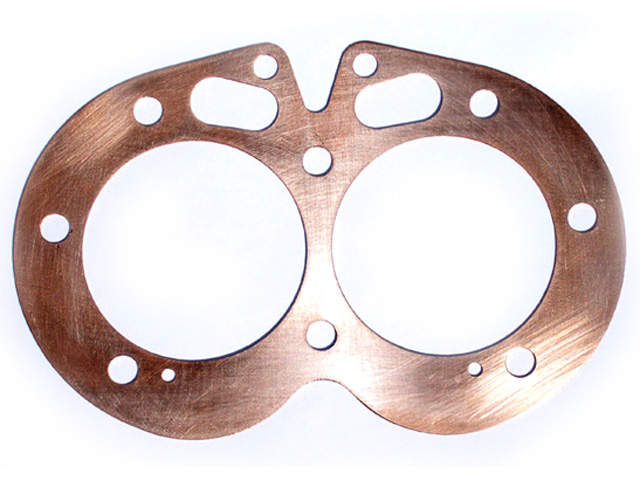Fast Eddie
VIP MEMBER
- Joined
- Oct 4, 2013
- Messages
- 22,691
Why not look into JS Motorsports rotating assembly ? I had the same goal as you...I went with Jim's Stage 1 kit...JS Kit included Carillo rods,light pistons,gapless rings his BSA grind cam and followers...all lightened and balanced to work properly, all of his gaskets and without a doubt it is the smoothest free reving Norton I have ever experienced ( I should mention that it is 40 over and the head was "breathed on" by Jim Comstock ) and all the engineering has been done for you...seriously it is a proven kit....just my 2 cents worth...good luck with your build and keep us informed
Can’t argue with that. I did the same in my 850. Then I put JS pistons and rods in the 920. The pistons are lighter than stock 750s. It is uncannily smooth, it shakes around at tickover but smooths out beautifully in the normal riding range.



